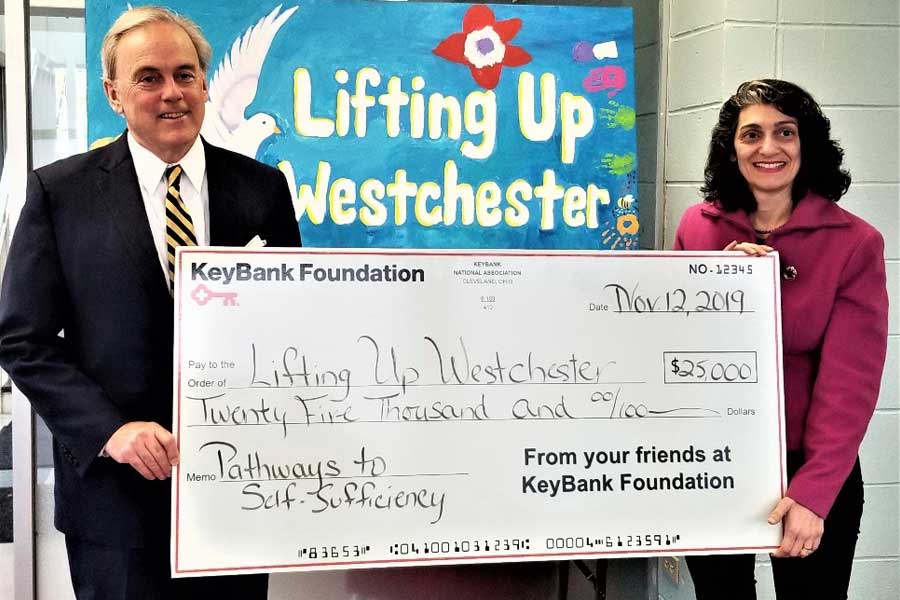 As 2019 comes to a close, Qualified Opportunity Zones (QOZ) are evolving.
As 2019 comes to a close, Qualified Opportunity Zones (QOZ) are evolving.
The Opportunity Zone incentive, offered through the Tax Cuts and Jobs Act of 2017, is meant to encourage private investment in economically distressed areas. Under this incentive, capital gains can be re-invested into a Qualified Opportunity Fund (QOF) in exchange for deferring the tax due on those capital gains until 2026. In addition, qualified
QOF investments are eligible for a 10% basis step-up if held for at least five years, and an additional 5% basis step-up if held for at least seven years. And most significant, the capital gains resulting from the disposition of an eligible QOF investment held for a minimum of 10 years are excluded from the taxpayer”™s income.
Consider a few things to keep in mind as we edge toward 2020.
NOT JUST FOR REAL ESTATE PROJECTS
Operating businesses, as opposed to real estate projects, are what will maximize the effectiveness of the Qualified Opportunity Zones incentive.
Many people continue to think of QOZ projects as being almost exclusively for real estate-related projects. In reality, there are also considerable opportunities available for manufacturers, technology companies and other operating businesses to not only participate in the QOZ incentive, but also achieve a much higher return on investment. While real estate projects are important, they alone do not spur the level of economic growth that will make a QOZ”™s economy self-sustaining. Operating businesses, whose industry-specific challenges tend to be more onerous than those a real estate owner might face, are what will create new jobs and spur additional growth in those communities.
The QOZ statute, as well as the proposed regulations issued in October 2018, seemed by many to be tailored almost exclusively to the real estate industry. A second round of proposed regulations issued in April made it easier for new operating businesses to become QOZ businesses. Startup companies, in particular, were pleased to see more favorable rules that al-low them to take on investors with eligible capital gains. Look for more guidance in the future that will make it even easier for operating businesses to capitalize on the QOZ incentive.
WATCH OUT FOR PROPOSED LEGISLATION
Detailed reporting requirements (and possibly other changes) for Qualified Opportunity Zones are coming.
In November, Sen. Ron Wyden (D-Oregon) introduced the Qualified Opportunity Zone Reporting and Reform Act. This proposed legislation echoes recent scrutiny facing the Opportunity Zones incentive, primarily in connection with the designation of certain census tracts as Qualified Opportunity Zones. If enacted in its current form, the Opportunity Zone Reporting and Reform Act would implement more detailed reporting requirements, including mandatory public disclosure of such reporting and significant penalties for noncompliance.
The original proposed regulations for the QOZs only required the reporting at the QOF level. The reporting requirements proposed in the legisla-tion would also require QOFs to report specific information about their QOZ businesses. The reporting would provide an element of transparency and accountability that many stakeholders feel will help steer capital to the zones that are more economically distressed than others.
While it is unlikely that the bill will be signed into law in its current form it, along with other similar legislation that has been introduced in Congress recently, signals an increased interest in this area, particularly from critics looking to prevent abusive practices and ensure the original objectives of the QOZ incentive are met. U.S. Rep. Rashida Tlaib (D-Michigan) also recently introduced a bill that would eliminate the QOZ incentive altogether, which seems unlikely to pass since the QOZ incen-tive was originally a bipartisan idea and continues to see overall support from both sides of the aisle in Congress.
DON”™T MISS THE DEADLINE
Dec. 31, is the deadline to make a Qualified Opportunity Zone investment and still receive the maximum tax benefit.
Investments of eligible gain into a QOF that occur after Dec. 31, 2019, will miss out on a 5% step-up in basis. While it is important to ensure that qualified investments are made by the end of this year in order to achieve the maximum tax benefit available, it is critical that investors do their due diligence up-front, just like they would with any other invest-ment opportunity.
It”™s critical to pay attention to your QOZ investments for the duration of your holding period. The biggest benefit comes when you dispose of the QOF investment. If there has been a careless oversight by you or the QOF that involves noncompliance with any of the rules, you could be penalized and not be able to achieve the tax benefits you are expecting.
Practitioners should stay up to date on the developments within the QOZ incentive and meet with their clients who are either located in QOZs, or could potentially relocate to a QOZ, in order to understand how the QOZ incentive can work for their particular situation.
Joseph Wutz, principal in The Bonadio Group”™s tax department, specializes in tax compliance and consulting in the areas of partnership, corporate and individual income tax planning and compliance, multi-state sales and use tax planning and compliance, Qualified Opportunity Zones and other federal and state tax credits and incentives. He is a certified public accountant licensed to practice in the state of New York. He can be reached at jwutz@bonadio.com.






















